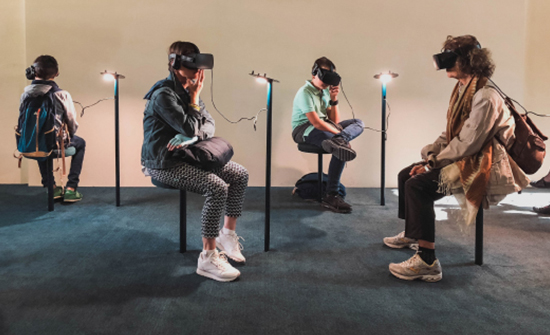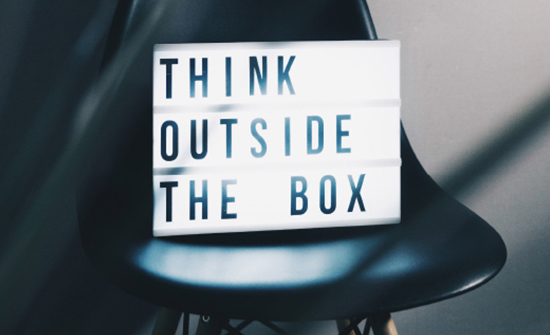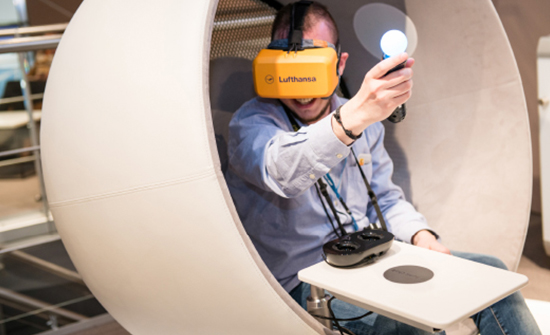How augmented and virtual reality are shaping
live experiences at trade fairs today
Technological development in the augmented and virtual reality sector is moving apace. Google and Sony are the major companies here, driving the market with the “Google Glass” and VR glasses for the PlayStation. However, these well-known entertainment applications are just one aspect of the areas of use that are already widespread today.
For many companies and brands, the new possibilities open up meaningful, efficient and, of course, exciting applications. In the trade fair and events sector, in particular, these technologies are being used more and more. And for good reason, as we explain here.



